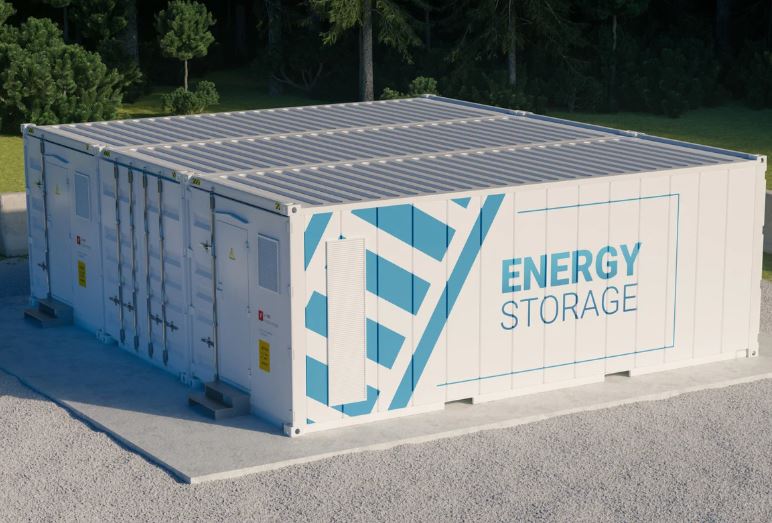With a target of deploying 6GW of energy storage by 2030, New York is now mobilizing $775 million to scale up both residential and retail energy storage adoption.
The funding initiative, administered by the New York State Energy Research and Development Authority (NYSERDA), is the latest in a series of policy levers designed to reshape the state’s grid resilience and decarbonization pathways.
Of the total allocation, $675 million will support retail-scale storage systems of up to 5MW, while the remaining $100 million is reserved for residential installations with capacities of up to 25kWh. Structured under the Residential and Retail Energy Storage Market Acceleration Incentives Programme, the funding comes on the heels of a June 2024 order from the New York State Public Service Commission (PSC) authorizing the initiative. Applications opened for contractors on April 22, with retail project submissions beginning on May 20 and a reordering deadline based on interconnection deposit status set for June 10.
In a grid architecture that increasingly values flexibility and distributed energy, NYSERDA’s incentive framework is designed to promote the installation of new, grid-connected energy storage systems. Notably, the program supports both standalone systems and those paired with new or existing clean generation assets. Financial incentives will be distributed on a fixed-rate-per-kWh basis, with disbursement determined by system energy capacity and the participation of eligible contractors.
A key condition for projects receiving incentives is that they must derive demonstrable value for customers through participation in a utility or NYISO tariff. This can be achieved by reducing peak demand charges, earning revenue through New York’s Value of Distributed Energy Resources (VDER) tariff — also known as the “Value Stack” — or joining NYISO’s distributed energy resource aggregation model.
The VDER mechanism, central to the monetization strategy for developers, compensates energy exports based on multiple value streams, including locational benefits, capacity, and environmental factors. It has already been embraced by companies like NineDot Energy, which recently secured $65 million in equipment financing to deploy 20 energy storage systems across New York City under this framework.
NYSERDA’s residential and retail program complements the state’s wider strategy to balance distributed and bulk energy storage investments. In parallel, the PSC has approved the Bulk Energy Storage Program Implementation Plan to support grid-scale installations, recognizing the dual role of decentralized and utility-scale storage in meeting reliability and climate objectives.
Stay updated on the latest in energy! Follow us on LinkedIn, Facebook, and X for real-time news and insights. Don’t miss out on exclusive interviews and webinars—subscribe to our YouTube channel today! Join our community and be part of the conversation shaping the future of energy.





